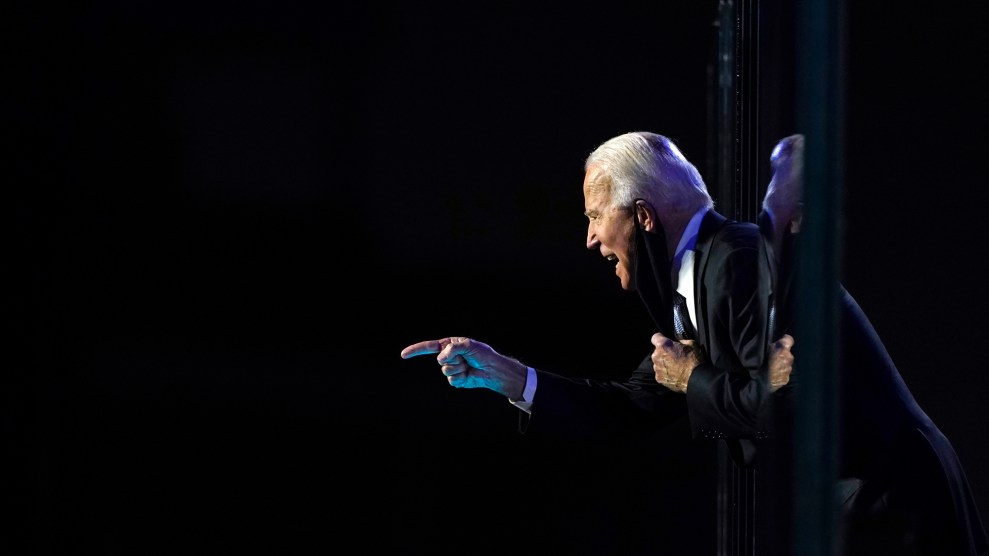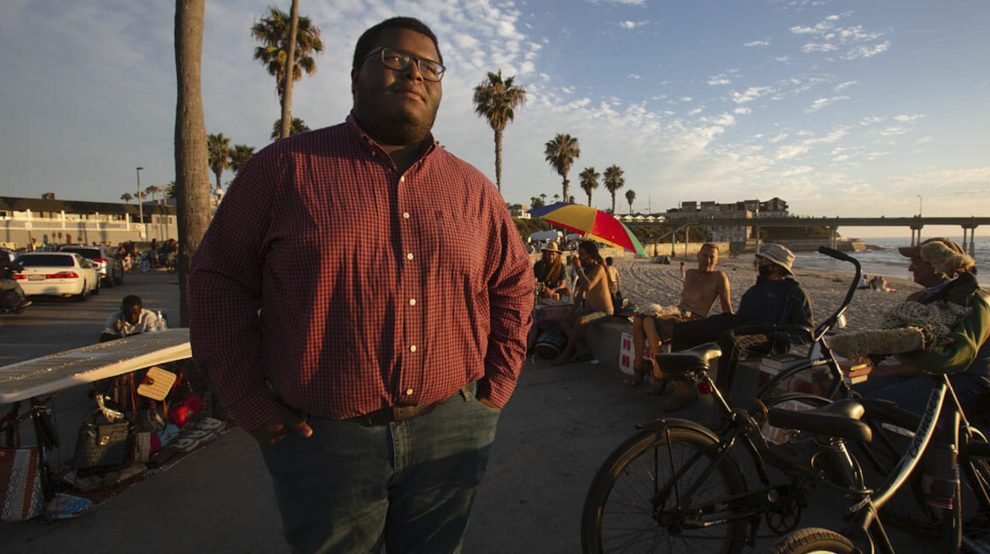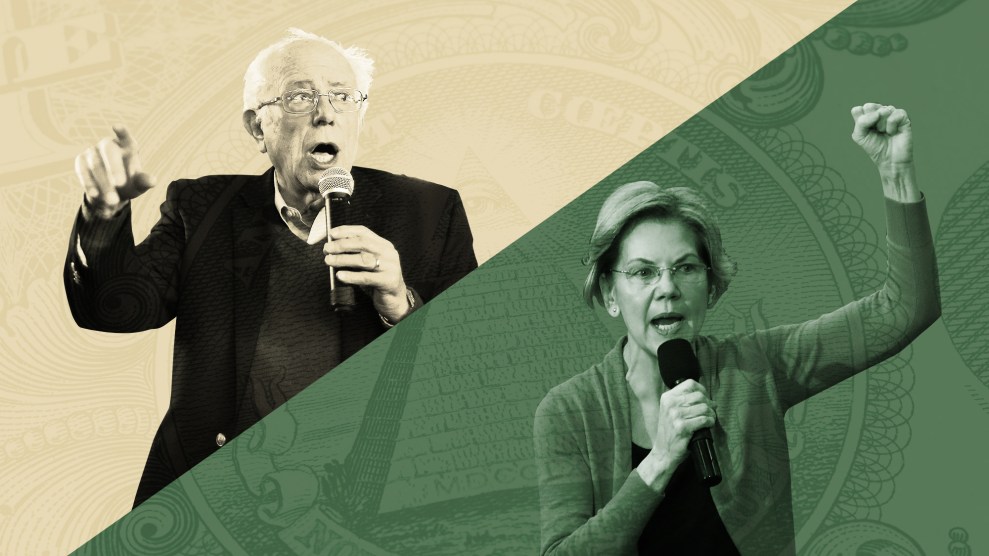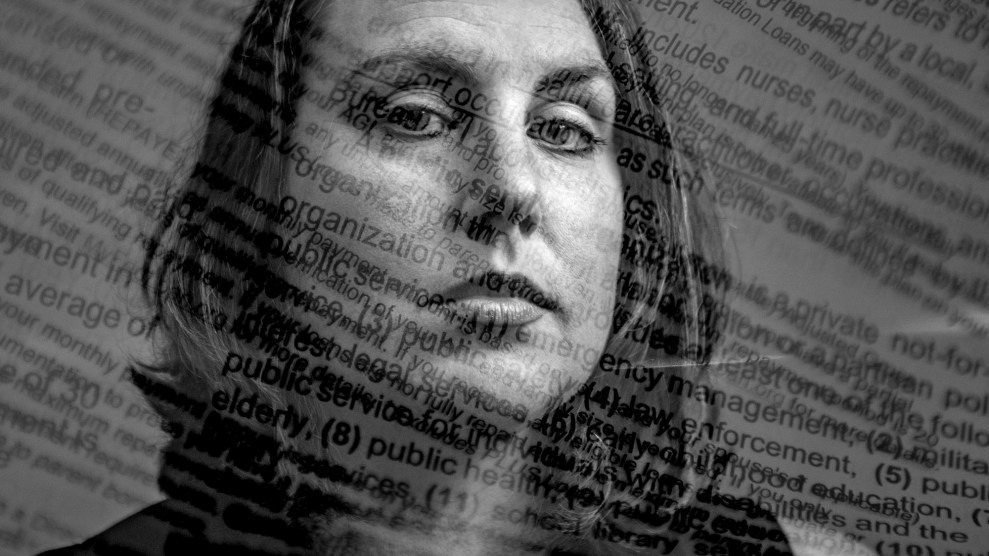
Carolyn Kaster/AP
Young people turned out in record numbers for the 2020 presidential election, and they overwhelmingly backed Joe Biden. Now, the hashtag #CancelStudentDebt has been trending on Twitter, as intense pressure mounts on the president-elect to finally tackle the $1.7 trillion student debt crisis holding millions of Americans, especially young Americans, hostage to often crippling monthly payments for years to come. “This feels like the closest we’ve ever been,” one education advocate recently told Time, referring to the chance for real policy changes. According to Senator Elizabeth Warren (D-Mass.) who has established herself as the loudest voice on the matter, large-scale debt forgiveness would provide “the single most effective economic stimulus that is available through executive action.” But how likely is that? Can this finally be fixed?
On this week’s episode of the Mother Jones Podcast, we’re revisiting our big investigation by journalist Ryann Liebenthal into America’s broken student debt machine. We first brought you this story in August 2018, detailing the flailing government program known as Public Service Loan Forgiveness, a system that, when Biden was a candidate, he pledged to streamline and reform. “It should be done immediately,” he said, referring to the passage of new legislation. But that depends on who controls the Senate come January, and Biden’s professed urgency must inevitably be tempered with a tough political reality.
To bring us up to speed on what’s changed since the campaign and what Biden’s picks for his economic team can tell us about his ambitions, we chatted to our very own transition tracker, Washington, DC, political reporter Kara Voght. “The demands for canceling student debt have not ceased since President-elect Joe Biden won in November,” said Voght on the podcast. “It’s not just the grassroots, not just progressive who are calling for this.” Revisit our original written investigation here. And listen to this week’s show, below:
















